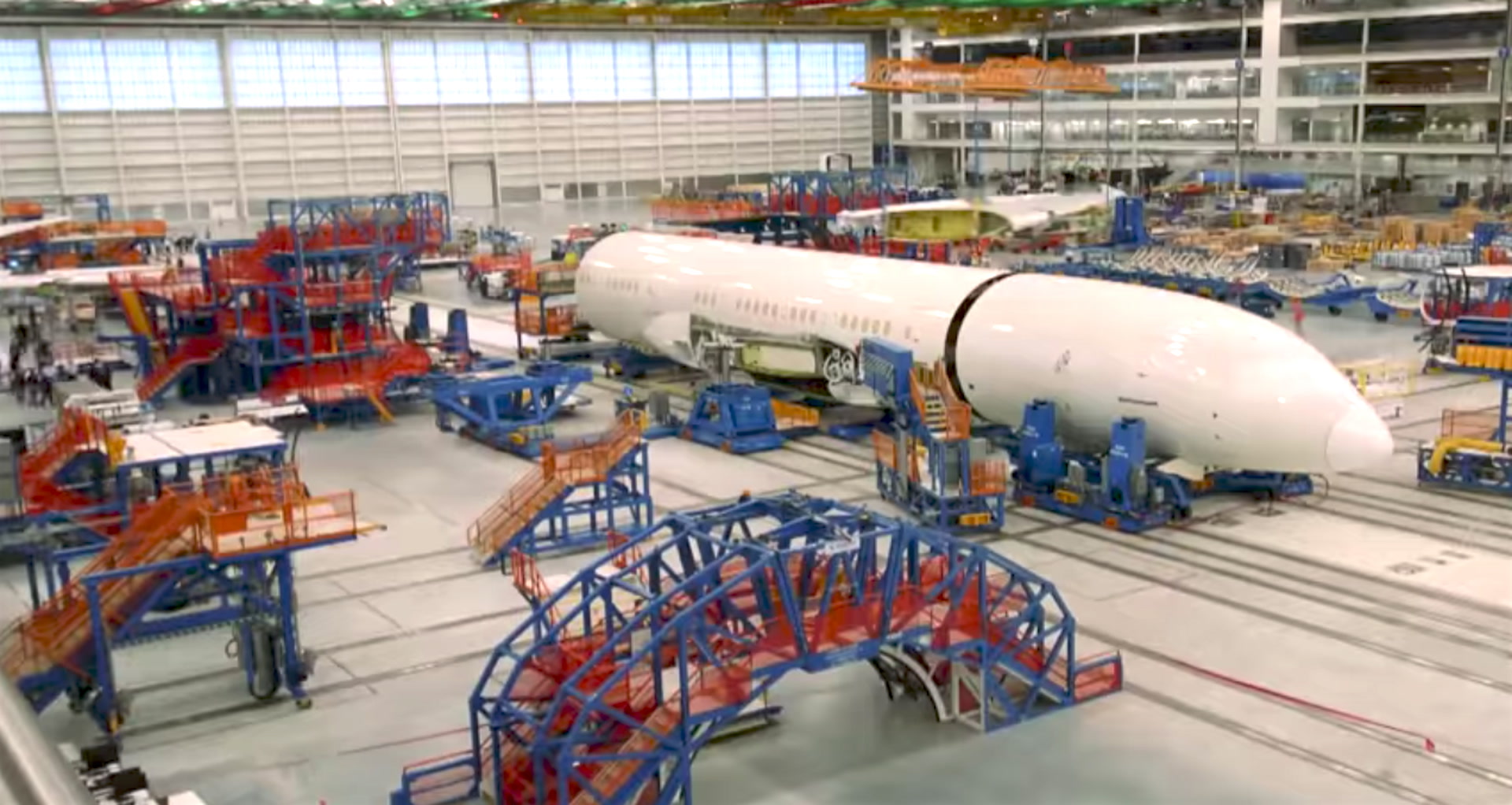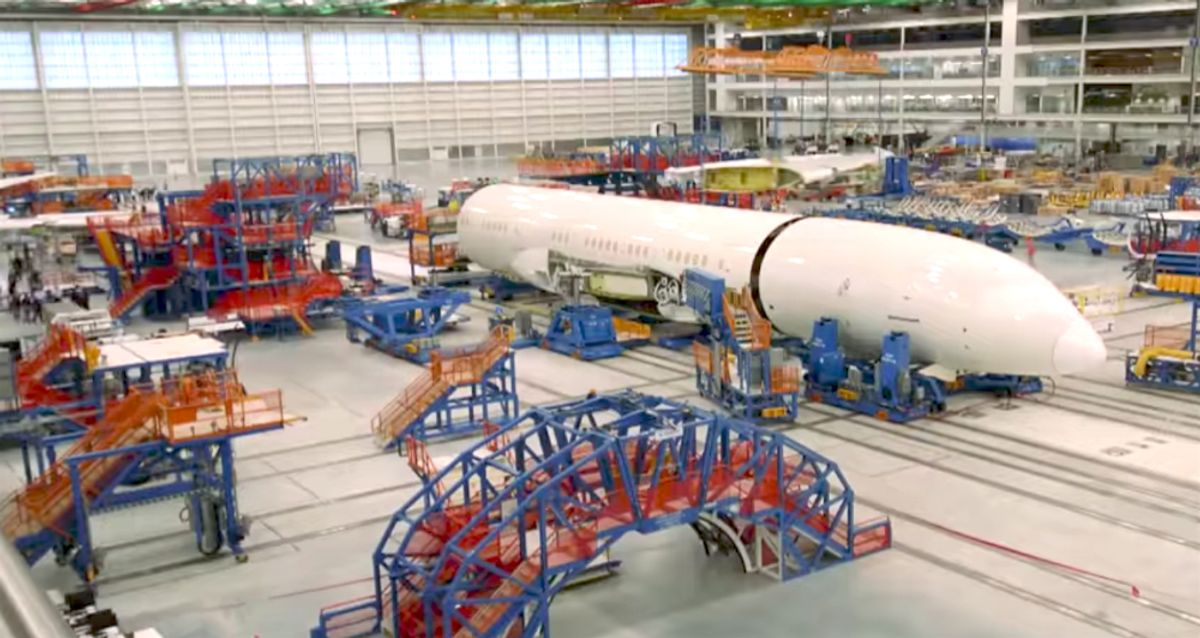
As a tool for diagramming and understanding complex processes, Model-Based Systems Engineering (MBSE) is a powerful engine for growth. It’s endlessly adaptable to human needs and technological trends, unlocking incredible potential for analysis, and helping solve tomorrow’s grand engineering challenges.
At least, that’s the theory.
In practice, adapting lofty MBSE principles to real-world conditions can be challenging. Over the last fifty years, models have become dramatically more complex, adding more functions, non-linear interactions and emergent properties with every iteration. What’s more, systems failures remind us that for all its promise, MBSE is an inherently human endeavor – imperfect, yet filled with promise.
The friction between MBSE theory and practice is one of the core themes explored by MIT’s “Model-Based Systems Engineering: Documentation and Analysis,” a four-week online course led by Dr. Bruce Cameron starting on June 5.
“Our aim is to put theoretical ideas alongside real-world examples – from companies like Boeing, GM and GE,” says Cameron, who serves as director of MIT’s System Architecture Lab. “You can see examples of MBSE being used to drive business outcomes across many different fields.”
Consider BMW. Optimizing its suspension systems used to mean physically swapping out individual springs, dampers and chassis components, and hoping for the best. But with MBSE, the company was able to create a new, predictive model of its vehicles that virtualized each suspension component – and simulated their effects on ride quality. This allowed for extensive iteration and experimentation without costly early-run manufacturing and time-consuming physical testing.
Early-stage MBSE benefits like these are well established: Low-risk exploration of new design ideas, and simpler collaboration based on common understanding. The long-term indicators have been just as encouraging. In many cases, MBSE has not only enabled next-generation traceability, but has become a powerful tool for validation, verification and testing.
While benefits like maximizing time efficiency and lowering production costs can be a siren call to aspiring MBSE practitioners, Cameron stresses the importance of critical thinking when using models in real-world situations. “Antoine Vernon, a systems engineer for a large energy company who has completedhis certificate, agrees." “I've learned to be more critical of the models I’m using. Sometimes it’s best to say, ‘We do not know and we cannot tell,’ which is a difficult thing to admit as a professional.”
The origins of MBSE can be traced back to work done at Bell Telephone Laboratories and the US Department of Defense during the 1940s. As the discipline has evolved, it has been adapted by numerous large organizations. However, many participants in this course find the principles applicable to organizations of any size. “I may not be able to deploy MBSE at the scale of some of the examples seen in the class, but I think by modularizing and reusing parts of larger models, the main concepts can be applied in ways that are very useful,” says recent participant Lydia Lostan, a program manager at a large energy company.
This course, beginning on June 5, is part of a 4-course program “Architecture and Systems Engineering: Models and Methods to Manage Complex Systems”. The course may be taken individually, without enrolling to the full certificate. For more details



